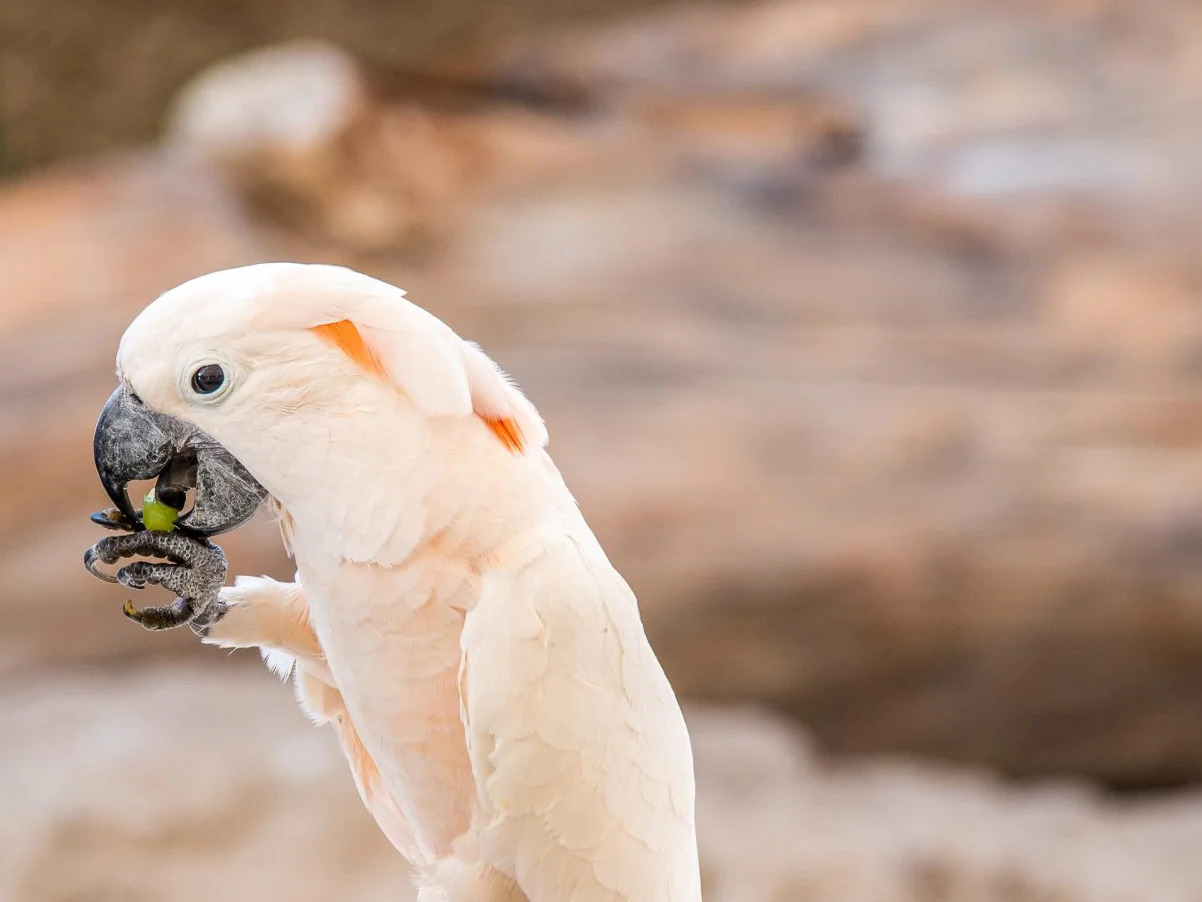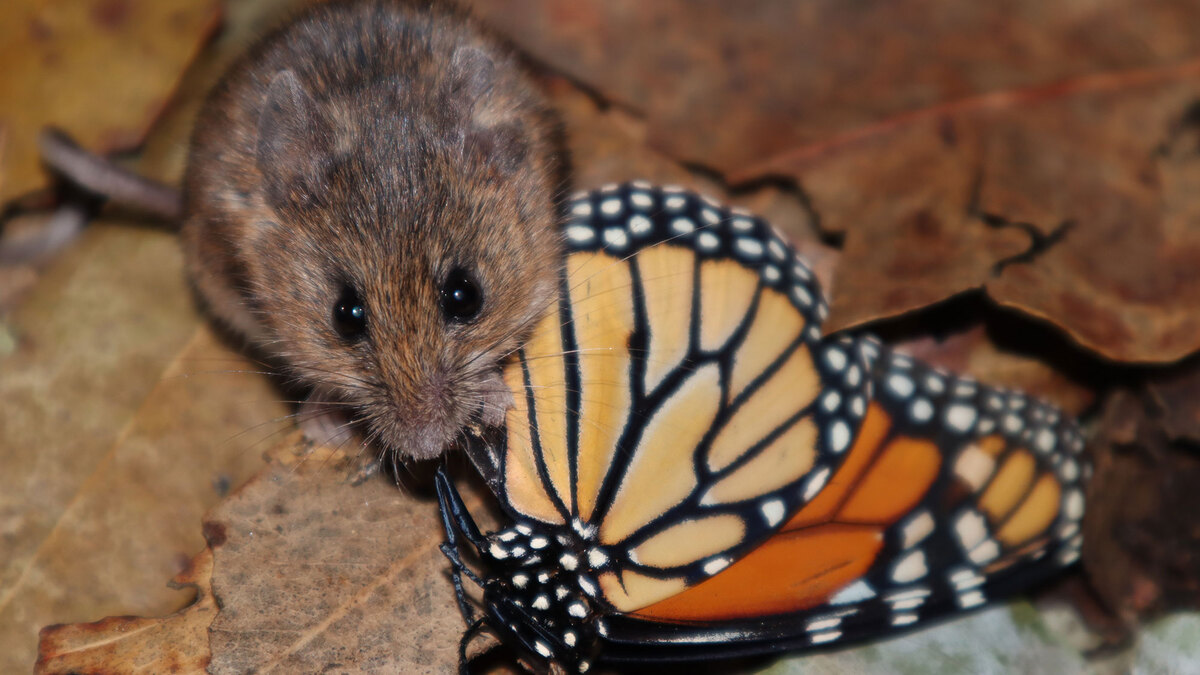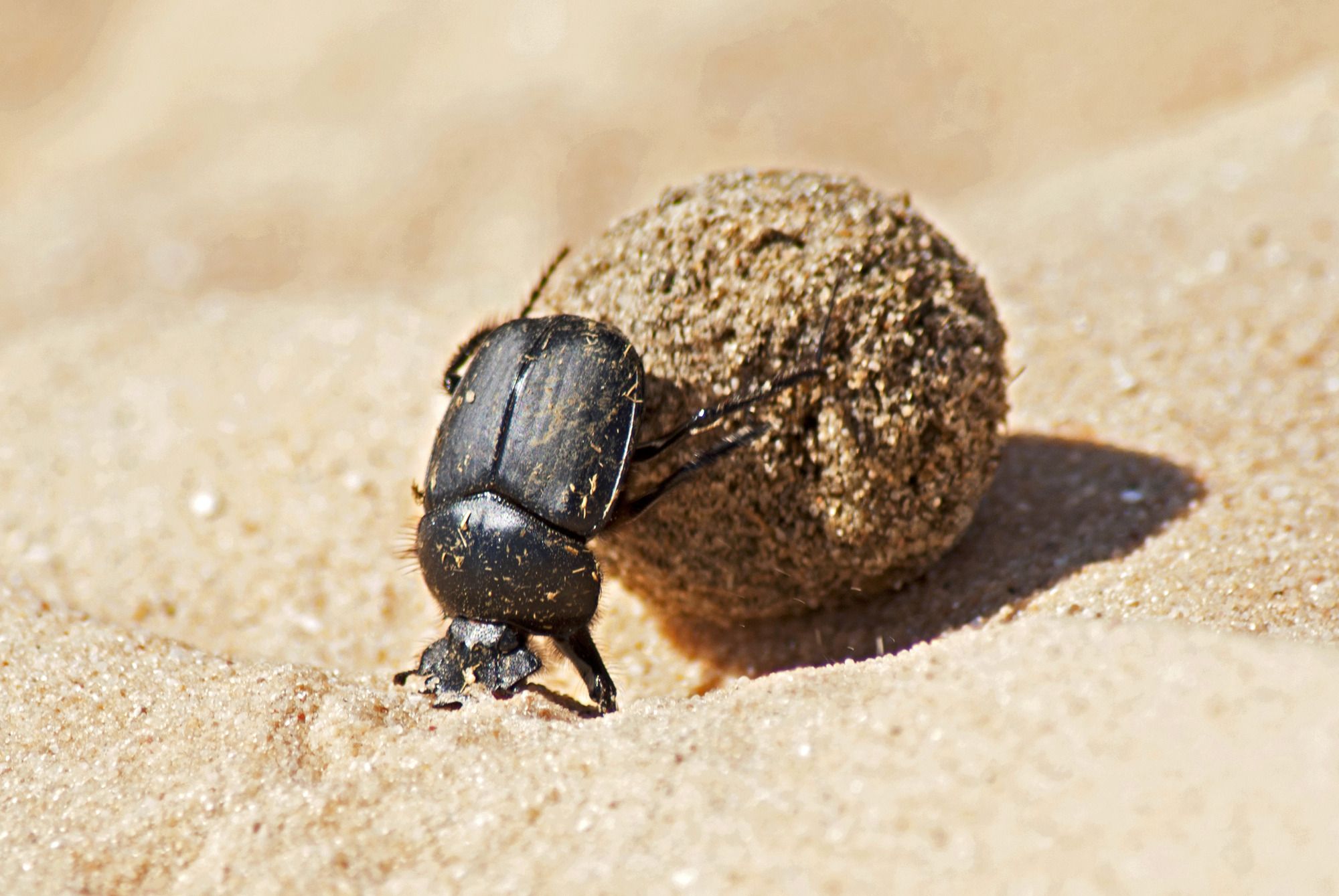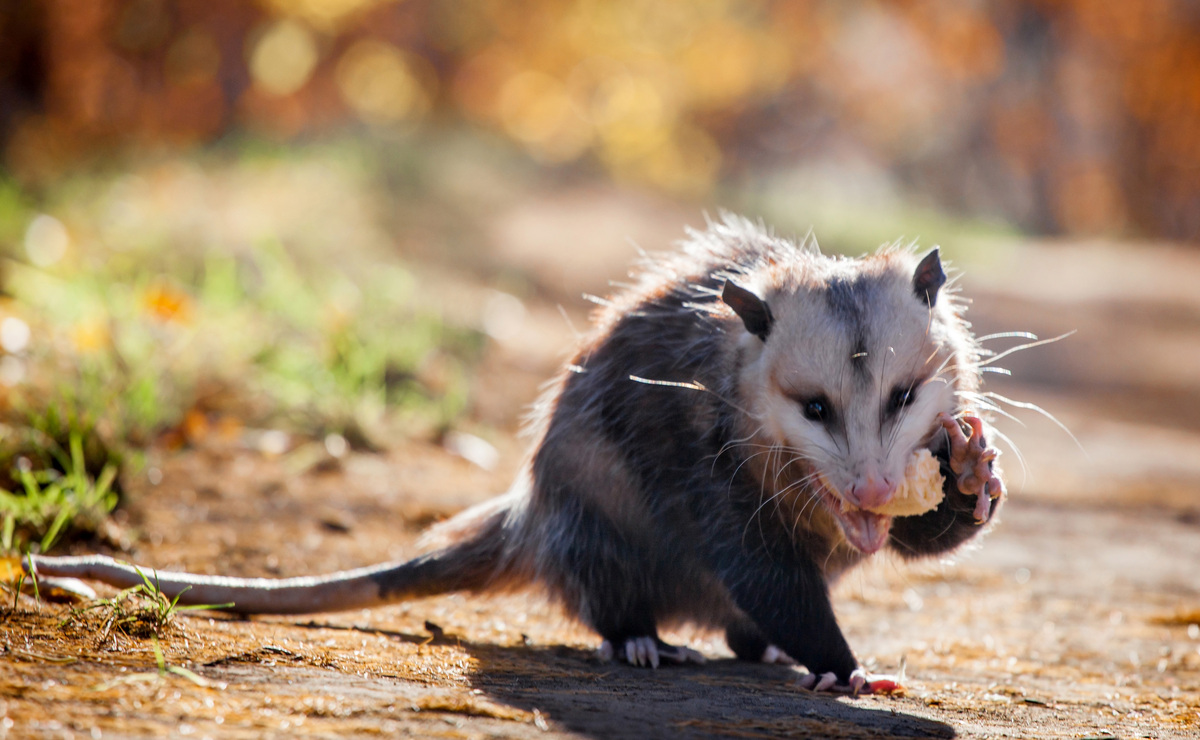Home>Gardening News and Trends>Latest News>What Sound Do Insects Make
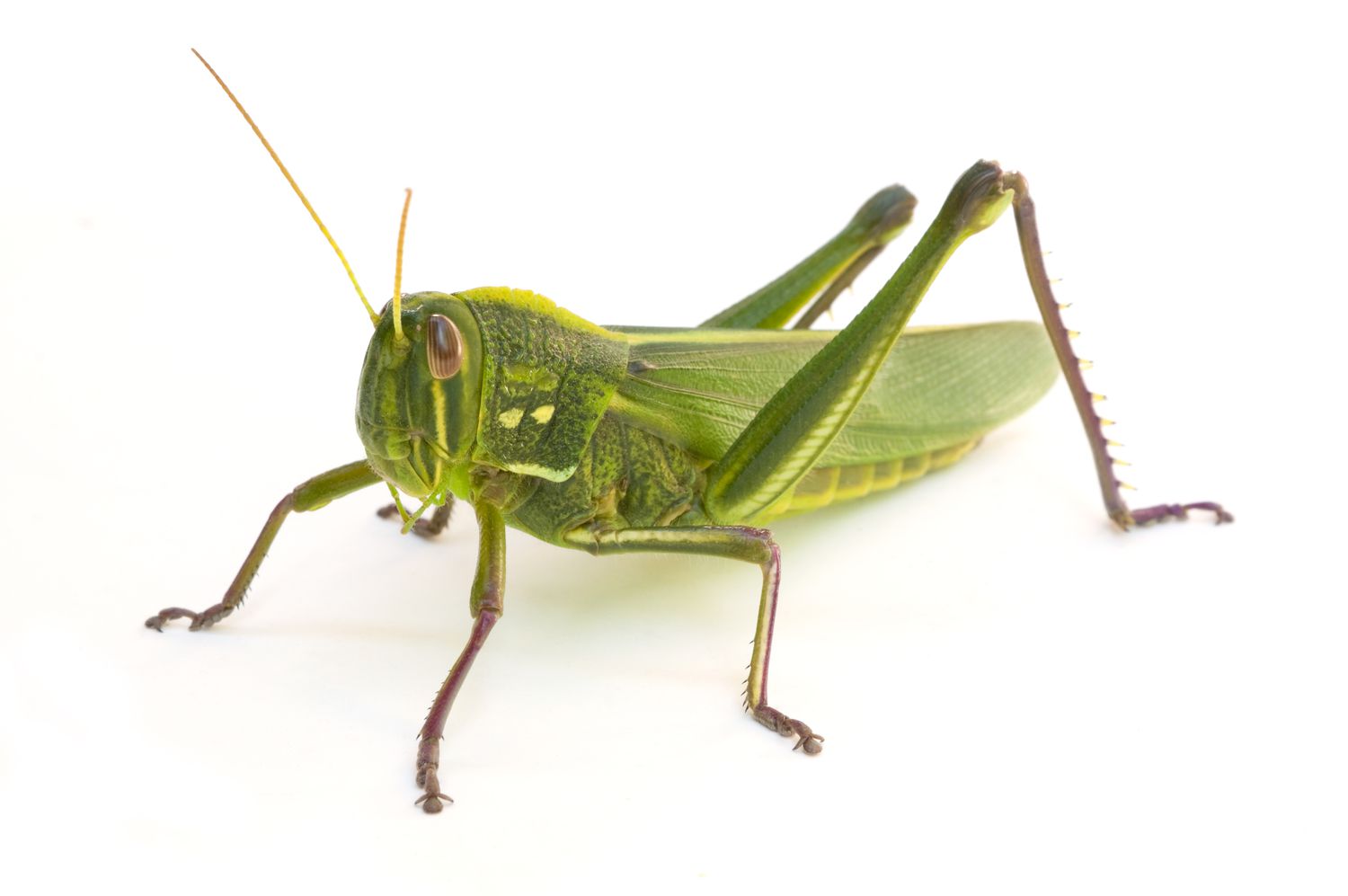

Latest News
What Sound Do Insects Make
Published: December 3, 2023
Discover the latest news on what sound insects make. From buzzing bees to chirping crickets, explore the fascinating world of insect communication.
(Many of the links in this article redirect to a specific reviewed product. Your purchase of these products through affiliate links helps to generate commission for Chicagolandgardening.com, at no extra cost. Learn more)
Table of Contents
- Introduction
- Importance of studying insect sounds
- Types of insect sounds
- Mechanisms of insect sound production
- Acoustic communication in insects
- Significance of insect sounds in ecosystems
- How insects use sound for mating and territorial defense
- Variation in insect sounds across species
- Factors affecting insect sound production
- Conclusion
Introduction
Insects are some of the most abundant and diverse creatures on earth, with over a million identified species. While many people are familiar with their visual characteristics and behaviors, insects are also known for their unique and often surprising ability to produce sounds. From the soothing chirping of crickets on a summer evening to the unmistakable buzz of a bee pollinating flowers, insect sounds add a vibrant melody to our natural surroundings.
Studying insect sounds not only provides us with a deeper understanding and appreciation of these remarkable creatures but also sheds light on their ecological roles. Sound production in insects serves various purposes, including communication, mating rituals, and territorial defense. Additionally, the study of insect sounds can contribute to disciplines such as ecology, evolution, and bioacoustics, helping us uncover new insights into the complexity of natural systems and how they function.
There is an astounding variety of insect sounds, each with its own distinctive timbre and rhythm. Some tones are sharp and piercing, while others are melodic and soothing. Insects employ a wide range of sound production mechanisms, from simple stridulation, where body parts rub against each other, to more complex methods involving specialized structures and muscles.
This article delves into the intriguing world of insect sounds, exploring the different types of sounds produced, the mechanisms behind sound production, and the various ways insects use sound to communicate and interact with their environment. We will also examine how the distinct sounds of insects contribute to the overall balance and functioning of ecosystems.
Importance of studying insect sounds
The study of insect sounds holds significant importance in various scientific fields and has wide-ranging implications. Here are some reasons why studying insect sounds is crucial:
- Ecosystem monitoring and conservation: Insect sounds serve as bioindicators of ecosystem health. By monitoring changes in insect populations and their soundscape, scientists can gain insights into the impacts of environmental changes, such as habitat loss, pollution, and climate change. Understanding how insect populations respond to these factors can help inform conservation efforts and ecosystem management.
- Bioacoustic research: Insect sounds provide a rich vein of research opportunities for bioacousticians. By studying the intricacies of insect sound production, researchers can uncover novel mechanisms and adaptations, leading to advancements in acoustic engineering and technology. Insights gained from insect sound research can be applied in fields such as telecommunications, robotics, and audio signal processing.
- Species identification: In many cases, the unique sound patterns produced by different insect species can be used for identification. By analyzing the characteristics of insect sounds, scientists and enthusiasts can accurately identify insect species, even in cases where visual identification may be challenging.
- Understanding insect behavior: Insect sounds are closely tied to their behavior and life history. By studying their acoustic communication systems, we can gain insights into mating rituals, territorial defense, foraging patterns, and other aspects of insect behavior. Such knowledge is not only fascinating but can also have practical applications in pest management and agriculture.
- Educational and outreach opportunities: Insect sounds are captivating to people of all ages. Incorporating insect sound studies into educational curricula can spark interest in science and nature, fostering a deeper appreciation and understanding of the natural world. Additionally, public outreach initiatives that focus on insect sounds can help raise awareness about the importance of insect conservation and the need to protect their habitats.
By studying insect sounds, we can uncover the hidden intricacies of insect life, deepen our understanding of ecological systems, and harness the knowledge gained for practical applications. The diverse and enchanting world of insect sounds invites us to explore and appreciate the symphony of nature.
Types of insect sounds
Insects produce a wide variety of sounds, each with its own unique characteristics. These insect sounds can be categorized into several distinct types:
- Stridulation: Stridulation is one of the most common methods of sound production in insects. It involves the rubbing together of body parts to create sounds. For example, male crickets and grasshoppers produce chirping sounds by rubbing their wings or leg joints together. This method is also used by katydids and cicadas to produce their characteristic buzzing and clicking sounds.
- Pulsed sounds: Some insects, such as beetles and true bugs, produce sounds by rapidly contracting and relaxing their muscles. This creates pulsating or ticking sounds. A well-known example is the clicking sound produced by the click beetle when it jumps and flips into the air.
- Drumming: Certain insects use drumming as a form of sound production. This involves striking body parts against a substrate, creating a rhythmic beat. Male beetles, for instance, drum on leaves or wood to attract females and establish their territory.
- Wing buzzing: Bees and wasps generate sound by vibrating their wings at high frequencies. This buzzing sound is primarily used for communication among colony members and also plays a role in courtship displays and defense.
- Vocalization: Some insects have specialized structures, such as resonating chambers or modified abdominal segments, which allow them to produce vocalizations. Male crickets, for example, produce their distinctive chirping sounds by rubbing their forewings together. These vocalizations are instrumental in attracting females for mating.
It is important to note that the sounds produced by insects can vary greatly in pitch, rhythm, duration, and intensity. Each type of sound serves different purposes, including communication, attracting mates, warning predators, or defending territories.
By understanding the various types of insect sounds and their functions within the insect kingdom, researchers can gain insights into the evolution of acoustic communication, species interactions, and the ecological roles these sounds play in the broader natural world.
Mechanisms of insect sound production
Insects have evolved a fascinating array of mechanisms for producing sounds. These mechanisms allow them to create a wide range of sounds, each serving different functions and playing a role in their survival and reproduction. Here are some of the main mechanisms of insect sound production:
- Stridulation: Stridulation is a common method of sound production in insects, especially among orthopterans like crickets and grasshoppers. It involves the rubbing together of certain body parts, typically wings or leg segments, that possess specialized structures. These structures, called stridulatory organs, have ridges, teeth, or file-like surfaces that produce sound when rubbed together. The rapid movement and friction between these structures create vibrations, resulting in the characteristic chirping or buzzing sounds.
- Percussion and snapping: Some insects, such as click beetles, produce sounds by rapidly snapping or clicking certain body parts. They possess specialized click mechanisms that store energy and then release it suddenly, producing distinctive clicking sounds. The controlled release of stored energy allows these insects to catapult themselves into the air, often as a mechanism for escaping predators.
- Air expulsion: Certain insects, including some beetles and true bugs, produce sounds by expelling air from their body openings. They have specialized structures that act as resonating chambers, amplifying the sound produced. By controlling the rate and force of air expulsion, these insects create unique buzzing or hissing sounds.
- Wing vibration: Bees, wasps, and other insects with membranous wings generate sound through the rapid vibration of their wings. The wings act like a drumhead, producing buzzing or buzzing sounds. Different wing movements and frequencies can convey specific messages to other insects within their social group, such as communication for food sources or danger warnings.
- Vocalization: Some insects have specialized structures that allow them to vocalize and create sounds directly. For example, male crickets possess specialized organs called “file and scraper” on their wings. By rubbing these organs together, they produce their characteristic chirping songs, which are important for attracting females for mating.
These various mechanisms demonstrate the remarkable adaptability and ingenuity of insects when it comes to sound production. The intricate structures and precise movements involved in producing these sounds highlight the evolutionary adaptations of insects to communicate, mate, defend territory, and navigate their complex environments.
Acoustic communication in insects
Insects have evolved complex and diverse acoustic communication systems, which play a crucial role in their social interactions, mating rituals, and territory defense. Acoustic communication in insects involves the production and reception of sounds that convey specific messages and information. This form of communication allows insects to coordinate activities, locate mates, establish territories, and communicate potential threats. Here are some key aspects of acoustic communication in insects:
- Mating calls: One of the most well-studied aspects of acoustic communication in insects is the use of sound for mating. Male insects often produce elaborate and distinctive songs to attract females. These songs can communicate information such as species identity, male quality, and courtship readiness. Female insects, in turn, are sensitive to these acoustic cues and use them to evaluate potential mates. Mating calls often involve precise pitch, rhythm, and duration, which vary among species.
- Aggressive signals: In addition to attracting mates, insect sounds can also serve as aggressive signals. Some insects use their acoustic abilities to establish and defend territories, especially males competing for limited resources. They produce specific calls or sounds to warn rivals and assert their dominance. For example, certain beetles produce aggressive buzzing or clicking sounds when defending their territory against intruders.
- Group coordination: Insects that live in social groups, such as honeybees or ants, utilize acoustic signals to coordinate their activities. Vibrational signals, produced by body movements or wing beats, allow individuals to communicate information about food sources, nest location, or danger. These signals help synchronize the collective behavior and maintain the colony’s organization and efficiency.
- Sibling recognition: Some social insects, like paper wasps, use acoustic cues to recognize nestmates from non-nestmates. Each colony has its distinctive acoustic signature, which is learned and recognized by individuals within the colony. This recognition helps maintain the cohesion and cooperation necessary for the survival and functioning of the social group.
- Alarm signals: Insects also produce acoustic signals to warn others of potential threats or dangers. When an insect detects a predator or a disturbance, it may emit specific alarm calls, which can alert nearby individuals to take evasive actions or initiate defensive behaviors. These alarm signals can vary in intensity and duration, depending on the level of perceived threat.
Acoustic communication in insects showcases the remarkable adaptability and sophistication of their communication systems. By studying and decoding these intricate acoustic signals, researchers gain insights into the evolutionary history, behavioral ecology, and social dynamics of insects. Additionally, understanding acoustic communication can have practical applications in pest management, crop pollination, and the conservation of endangered insect species.
Significance of insect sounds in ecosystems
Insect sounds play a significant role in the functioning and balance of ecosystems. These soundscape elements contribute to the richness and complexity of natural environments, impacting various ecological processes and interactions. Here are some key aspects highlighting the significance of insect sounds in ecosystems:
- Predator-prey interactions: The sounds produced by insects can influence predator-prey interactions in a given ecosystem. For example, the high-pitched buzzing sounds of bees and wasps serve as warning signals to potential predators, indicating their ability to deliver painful stings. Insects that produce specialized warning calls can deter predators, ultimately reducing predation rates and maintaining population dynamics.
- Pollination: Many insect species, such as bees, butterflies, and flies, rely on sound and vibrations to locate and identify suitable flowers for feeding. Insects produce specific buzzing sounds while hovering near flowers, creating vibrations that help dislodge pollen. This active pollination process is essential for plant reproduction and ensures the continued survival of both insects and flowering plants in the ecosystem.
- Seed dispersal: Insects that engage in acoustic behaviors, such as beetles and certain ants, can aid in the dispersal of seeds. These insects are attracted to the sounds produced by ripe fruits or the movement of seed-bearing structures. As they feed on the fruit or transport seeds to their nests, they inadvertently contribute to seed dispersal, which is vital for plant distribution and diversity.
- Species interactions: Insect sounds facilitate species interactions and communication within ecosystems. Acoustic cues effectively advertise the presence of suitable mates, enabling successful reproduction and maintaining genetic diversity within populations. Furthermore, acoustic communication helps synchronize behaviors, such as mating swarms or foraging activities, among individuals or groups of insects, fostering ecological interactions and productive ecosystem functioning.
- Regulation of population dynamics: Insect sounds can serve as regulatory mechanisms for population dynamics within ecosystems. For instance, chirping sounds produced by male crickets establish territories and influence female mate choice. These acoustic interactions affect reproductive success, mate selection, and ultimately, the population sizes and genetic diversity of insect species. Thus, insect sounds play a role in maintaining ecological balance and stability.
The significance of insect sounds in ecosystems extends beyond mere auditory aesthetics. By understanding the ecological functions and impacts of these sounds, scientists can better comprehend the intricate web of interactions within ecosystems, contributing to the conservation and management of insect populations and their habitats.
How insects use sound for mating and territorial defense
Insects have evolved remarkable strategies for using sound to facilitate mating and defend their territories. These acoustic behaviors play crucial roles in their reproductive success and survival. By producing specific sounds, insects can attract mates, establish their dominance, and deter competitors. Here is an overview of how insects use sound for mating and territorial defense:
- Mating calls: Many male insects produce intricate and species-specific mating calls. These calls serve as advertising signals, attracting and enticing females for mating. The mating calls often consist of distinctive patterns of pitch, rhythm, and duration, which females can use to assess the quality and suitability of potential mates. The ability to produce alluring and attractive sounds is a key component of male reproductive success in many insect species, such as crickets, katydids, and cicadas.
- Territorial songs: Insects often use sound to establish and defend their territories. Male insects, such as birdsong crickets or treehoppers, produce songs or calls to signal ownership of a particular area and to warn other males to stay away. These territorial songs not only serve as communication to rivals but can also attract females seeking a suitable mate. By maintaining and defending a territory through acoustic signaling, insects can maximize their chances of mating success.
- Aggressive signals: Insects use sound as a means of aggression and defense against competitors. Some species, like beetles or grasshoppers, have evolved specific aggressive calls or displays that they use to threaten rivals or deter intruders from their territories. These aggressive signals can vary in intensity and may involve rapid stridulation, drumming, or intense buzzing. By producing bold and forceful sounds, insects can establish dominance, reduce the risk of physical confrontation, and defend their valuable resources.
- Duetting: In certain insect species, both males and females contribute to acoustic communication. This cooperative behavior, known as duetting, involves the synchronized production of sounds by male and female partners during courtship or territorial displays. Duetting may serve to strengthen pair bonds, synchronize mating behaviors, or establish joint territories. For example, in some katydid species, males and females engage in duets, taking turns producing complementary sounds that enhance their reproductive success.
The ability of insects to use sound for mating and territorial defense showcases their remarkable adaptations and sophistication in communication. These acoustic behaviors are shaped by natural selection and play crucial roles in reproductive success, species recognition, and maintaining social structures within insect populations. By understanding the intricacies of insect sound production and its role in mating and territorial defense, scientists gain insight into the fascinating evolutionary processes and behaviors of these remarkable creatures.
Variation in insect sounds across species
Insects exhibit a remarkable diversity of sounds, each species possessing its own unique acoustic repertoire. The variation in insect sounds reflects the diverse strategies they have evolved for communication, mating, and survival. From the rhythmic chirping of crickets to the buzzing of bees, here are some key aspects highlighting the variation in insect sounds across species:
- Tone and pitch: Insects produce sounds that vary widely in tone and pitch. Some species generate high-pitched sounds, while others produce lower tones. The tonal quality of insect sounds is determined by factors such as the speed and frequency of sound wave production. For instance, the high-frequency buzzing of bees is distinct from the melodic chirping of crickets.
- Rhythm and tempo: Insect sounds also vary in terms of rhythm and tempo. Some species produce continuous or steady songs, while others create more complex patterns with pauses or rhythmic pulses. The rhythmic patterns and tempo of insect sounds often play a role in attracting mates, signaling territorial boundaries, or conveying specific messages within their social structure.
- Duration: The duration of insect sounds can range from brief pulses to prolonged calls. Some insect calls may last only a fraction of a second, while others can continue for minutes or even hours. The duration of sounds often correlates with the purpose it serves, such as short mate attraction calls or longer territorial displays.
- Intensity: The intensity of insect sounds varies as well, with some species producing faint, discrete sounds, while others emit loud and piercing calls. Insects that produce intense sounds often use them for long-range communication or to announce their presence to potential mates or rivals. The intensity of sound production is influenced by factors such as body size, sound amplification structures, and the energy invested in sound generation.
- Variety of sound mechanisms: Insects employ various mechanisms to produce sounds, resulting in a wide array of sound types. This includes mechanisms like stridulation, percussion, wing vibration, and specialized vocalization structures. Different insect groups have evolved distinct sound-producing structures and mechanisms, leading to the incredible diversity of insect sounds that we observe.
The variation in insect sounds across species reflects the remarkable adaptability and ecological diversity of insects. These variations are shaped by natural selection, resulting in species-specific sound patterns that enable effective communication, mate attraction, and territory establishment. The study of this variation provides valuable insights into the evolution of acoustic communication and the intricate relationships between insects and their habitats.
Factors affecting insect sound production
Insect sound production is influenced by a combination of intrinsic and extrinsic factors that shape the characteristics and dynamics of their acoustic communication. These factors play a crucial role in determining the complexity, variation, and effectiveness of insect sounds. Here are some key factors that impact insect sound production:
- Species-specific adaptations: Each insect species has evolved specific adaptations for sound production. Factors such as body size, morphology, and physiology influence the structure and mechanisms used for sound generation. For example, the elongated wings and specialized stridulatory structures of crickets enable them to produce their characteristic chirping sounds, while beetles may rely on body vibrations to create sound.
- Environmental conditions: Environmental factors, such as temperature, humidity, and air density, can affect sound production in insects. Acoustic properties, such as sound frequency and propagation distance, can change with variations in these conditions. Insects may adjust their sound production or behavior in response to environmental cues to optimize sound transmission and reception.
- Life stage and development: Sound production in insects often varies with different life stages. For instance, in many species, only adult males produce sounds for mating or territorial defense. The structures and mechanisms for sound production may develop or become functional during specific stages, such as the growth and hardening of wings or the maturation of specialized stridulatory organs.
- Social context: Insect sound production can be influenced by social interactions and the presence of conspecifics. In some species, the presence of rivals or potential mates can stimulate increased sound production. Social signals and cues from other individuals may trigger changes in sound intensity, rhythm, or tempo as insects compete for resources, establish territories, or communicate with nearby individuals.
- Sexual selection and mate choice: The characteristics and quality of insect sound production often play a role in sexual selection. Females may evaluate and choose mates based on the quality or complexity of their calls. This can drive the evolution of elaborate and attractive sound traits, leading to the development of more sophisticated sound-producing structures and behaviors in males.
The factors influencing insect sound production demonstrate the intricate interplay between biological, ecological, and evolutionary processes. Understanding these factors provides insights into the diverse strategies and adaptations that insects have developed for acoustic communication.
Conclusion
The world of insect sounds is a captivating and diverse realm that adds depth and richness to our natural surroundings. Insects have evolved remarkable abilities to produce sounds, utilizing a range of mechanisms and strategies to communicate, attract mates, and defend territories. By studying and understanding these intricate acoustic behaviors, researchers gain insights into the evolutionary adaptations, ecological roles, and social dynamics of insects.
The importance of studying insect sounds goes beyond a mere appreciation for the symphony of nature. It contributes to fields such as ecology, evolution, and bioacoustics, providing valuable knowledge that can inform conservation efforts, ecosystem management, and technological advancements. Insect sounds serve as bioindicators, helping us monitor the health of ecosystems and the impacts of environmental changes. The study of insect sounds also unravels the fascinating variations in sound production across species, highlighting the incredible adaptability and diversity of insects.
Acoustic communication in insects plays a vital role in their survival and reproduction. Mating calls attract potential mates and ensure successful reproduction, while territorial songs and aggressive signals establish dominance and defend valuable resources. Insects utilize sounds to coordinate activities, communicate danger, and regulate population dynamics within their respective ecosystems. Additionally, insect sounds contribute to seed dispersal, pollination, and the intricate web of species interactions that make up the ecological fabric.
Factors such as species-specific adaptations, environmental conditions, life stages, social context, and sexual selection influence insect sound production and shape the characteristics of these sounds. The study of these factors enhances our understanding of the complexity and interplay between biology and the environment.
In conclusion, exploring the world of insect sounds opens a window into the remarkable adaptations, behaviors, and interactions of these small yet influential creatures. It allows us to appreciate the intricacies of natural systems, providing valuable insights into the balance of ecosystems and the interconnectedness of all living organisms. As we delve deeper into the study of insect sounds, we deepen our connection with the natural world and gain a greater appreciation for its wonders.

